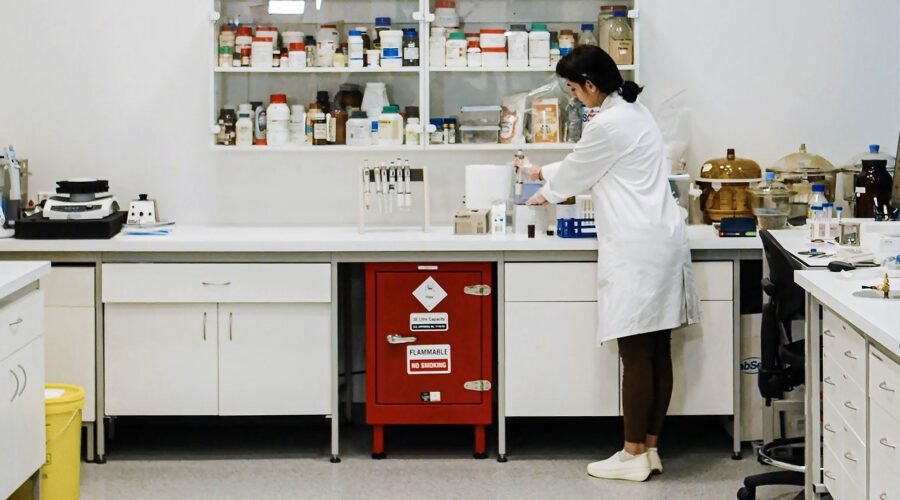Culture: In New Zealand, a Forensics Company Takes on Wine Fraud
What if forensic science could prove the exact origins of a wine, right down to the specific vineyard block?
“Oritain’s scientific verification technology, to me, is another tool in the whole traceability world of fine wine,” says Steve Smith, MW, cofounder of AONZ Fine Wine Estates, which includes the iconic Pyramid Valley estate in New Zealand’s North Canterbury region. He uses the privately owned company’s technology to guarantee the origins of Pyramid Valley’s four single-vineyard wines. “It is totally different from other traceability technologies,” he says, referring to blockchain-based systems like NFTs, which rely on digital records and trace just the bottle. “This is the only technology that guarantees that what is in the bottle comes from a specific place based on an analysis of the physical wine. It stays with the verified wine vintage for its entire life.”
The backbone of this new tech is that it can home in on the unique sets of chemical elements and isotopes found within the environment in which the grapes were grown. Plants and animals that live in those environments eat, drink or absorb these same sets elements. By testing the chemical origin attributes of a finished wine, Oritain is able to “fingerprint” it, thereby creating a profile that any future wines claiming to be made from the same place can be tested against. Once Oritain has added the wine to its database, it is guaranteed via a QR code on its back label.
It is totally different from other traceability technology.
Steve Smith, MW
One caveat: To prove authenticity of a wine, the liquid inside the bottle needs to be tested.
“With this technique, you would need to ‘sacrifice’ the bottle to extract and analyze the liquid, making that rare bottle redundant,” says Scott Evers, whose Australia-based company, Wine & Whisky Provenance, is dedicated to combating counterfeit wine.
You May Also Like: Rudy Kurniawan’s Counterfeits May Still Be in Private Collections
While old and rare wines must continue to rely on analysis of the bottle itself—the ink, glass and seal—Evers nevertheless believes that fingerprinting technology has legs. “This is no doubt exciting technology, and it has potential to help protect producers’ wine brands as well as regional and country branding.”
“It is all related to how important place and producer are to the perceived value and desirability for a consumer,” says Smith. “Products that get their value from nature need to tell real stories of nature. Oritain provides authentication of those nature stories as they link to place, and in that it is a game changer.”
This article originally appeared in the October 2023 issue of Wine Enthusiast magazine. Click here to subscribe today!
Bring the World of Wine to Your Doorstep
Subscribe to Wine Enthusiast Magazine now and get 1 year for $70 $29.99.
Published: September 15, 2023
Like what you’re reading? Learn more about:


